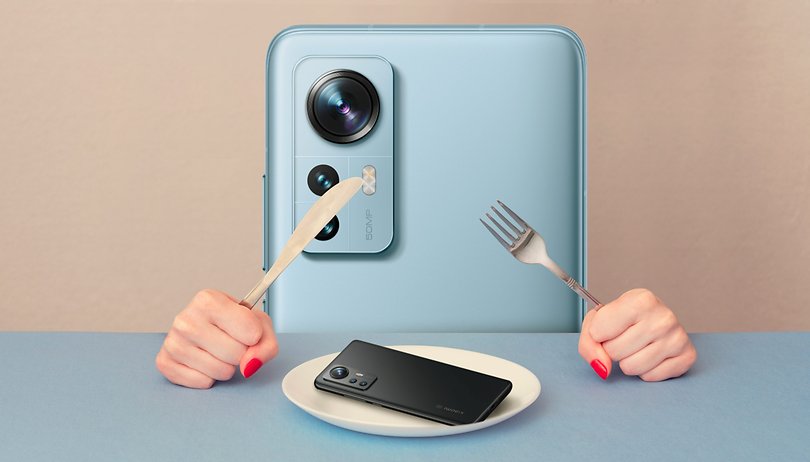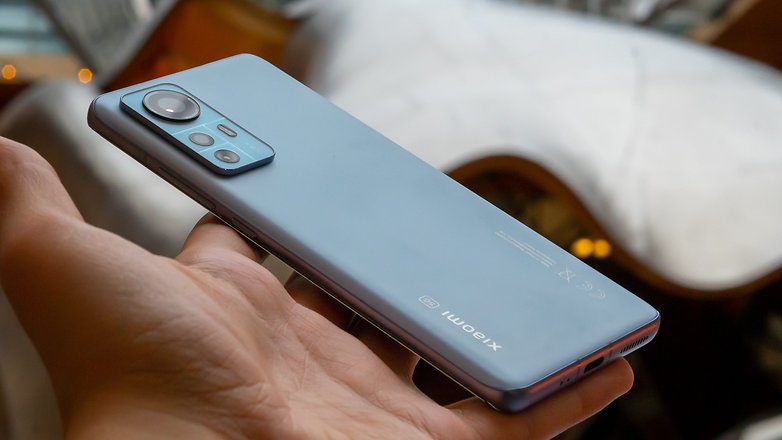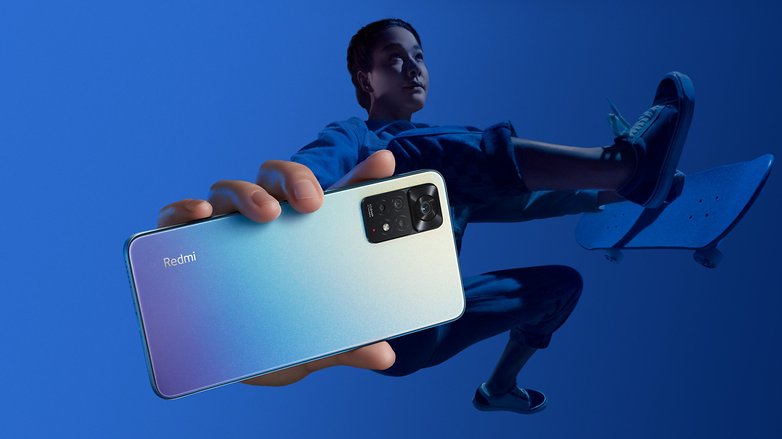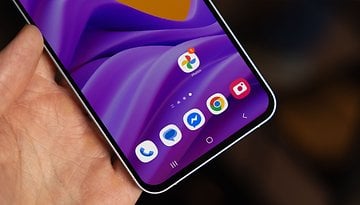Smartphone cannibalism: Xiaomi's lineup drives me crazy!


At NextPit, we deal with the latest smartphones on a daily basis. Even so, I still have a hard time with what Xiaomi rolls out, including its sub-brands Redmi and Poco. The problem is not only the naming convention of its models, but also the insane amount of competition that goes on with each other. In my opinion, the consequences of such smartphone cannibalism for the consumer are much worse than we think.
A few days ago, Xiaomi's sub-brand Poco introduced the Poco F4 GT. This is a smartphone that I would best describe as most likely to be a flagship killer in 2022. Basically does just that: it attacks the strong points to justify the purchase of the Xiaomi 12 Pro. As you can read in Camila's comparison from Wednesday, it costs a good $500 cheaper and offers almost similar performance in everyday use cases.
If that were the only case of this smartphone cannibalism (® Benjamin Lucks, I have thus secured the copyright), I would still find that acceptable. But models that are technically almost identical, but with different prices, are everywhere in the existing Xiaomi lineup. And I find that to be really unfair to customers as it tarnishes the satisfaction that we obtain after buying a new product.
The horror of finding a better deal after making a purchase
The search for new products is so complex in our highly capitalistic society that online magazines like NextPit exist. We work daily on buying guides, deal tips, and reviews just to give you an assessment of how you can spend your hard-earned money in the wisest manner. For many online shoppers, the idea of "I need a new smartphone" is followed by hours of research, comparison, and consideration of their own needs and purchasing power.
Finding a better deal after the purchase is therefore rather annoying. At the same time, it may trigger a chain of unpleasant reactions. Should I return my purchased product and take on the better offer? Is the alternative model possibly better for me? And how do I explain this to my wife, husband, pastor, and financial advisor?

Xiaomi's business model is based on bringing "fast phones" to market. In other words, producing as many smartphones as possible in the shortest amount of time as possible. This business model also ensures almost instantaneous obsolescence for each new release, since many new models will surely follow shortly after! Slowly but surely, Xiaomi's smartphone range is cannibalizing itself. And that becomes increasingly problematic in 2022, when Xiaomi wants to position itself as an alternative to Samsung and Apple.
Cannibalism in its own ranks
I really first took notice of this phenomenon with the Xiaomi 12 and Xiaomi 12X models. Both phones were introduced at the same time, look absolutely identical and only differ in three features:
- The Xiaomi 12X uses a weaker processor.
- The Xiaomi 12X comes without wireless charging.
- The Xiaomi 12X is cheaper by $150.
What's most interesting here is what Xiaomi has communicated to its own customers: Here is our latest top model - the flagship of our technical innovation. Oh, and here is the same phone with minimally modified specifications that we offer for $150 less. In everyday use, the Xiaomi 12X will feel very similar to most people, as the Snapdragon 870 still performs well even when it comes to most of the top mobile games. However, the purchase is marred by a feeling that sprouts up every time I reach for the device:
I have invested over $750 and use a slimmed-down version of the latest Xiaomi smartphone. Jerks will then raise the question of whether the handset deserves to exist in the first place, and in the end, this leads to buyer's remorse with my purchase decision. The customer's dissatisfaction is also intensified by the frequency in which Xiaomi rolls out new handsets.
The latest model... from yesterday
If you purchased the Samsung Galaxy S22, you have the certainty of using the latest Samsung phone for a year (at the very least) at the time of release. And apart from the sister models, which each serve certain requirements in a sensible manner, not to mention the foldables, there are no other more powerful Samsung smartphones out there. While this certainty lasts for a year with Samsung, it only exists for a very short time with Xiaomi.
This example can be illustrated with the Redmi Note 11 Pro 5G. The smartphone was positioned as a mid-range flagship at launch and offers a very good price-to-performance ratio. However, the joy was short-lived when we bought it, because the Redmi Note 11 Pro+ 5G followed shortly after with better features and an even better price-to-performance ratio.
The itch of gladly owning something new would have only scratched your itch for a few weeks when you bought the Redmi Note 11 Pro 5G. That's another disadvantage of the Fast Phone principle, but let's get to the conclusion.
Conclusion
We can still make sense of the numerous differences in the highly repetitive catalog of Xiaomi handphones quite well with our buying guides. However, that only helps when looking for a new phone at a particular time. In my opinion, the Fast Phone strategy relies heavily on making smartphone buyers dissatisfied quickly after they have made their latest purchase. From an economic point of view, this is a very clever move.

However, if Xiaomi was really interested in the satisfaction of its customers and if the manufacturer also wanted to do something in terms of sustainability, then this concept would strongly contradict such values. This would not be a problem if Xiaomi did not advertise longer updates periods and a six-month repair service for broken displays in selected markets.
Xiaomi's problem is not that its own smartphones do not last long in terms of quality. In my Xiaomi 12 review, I was pleasantly surprised at the high quality build of the device. It is far more problematic that the manufacturer constantly offers superior alternatives to its own customers. At least from a European perspective, this does not show that the manufacturer believes in the longevity of its own products.
How do you view the matter? Do you think Xiaomi's release frequency makes sense and are you immune to the dissatisfaction of finding a better offer or model after buying a smartphone?



















